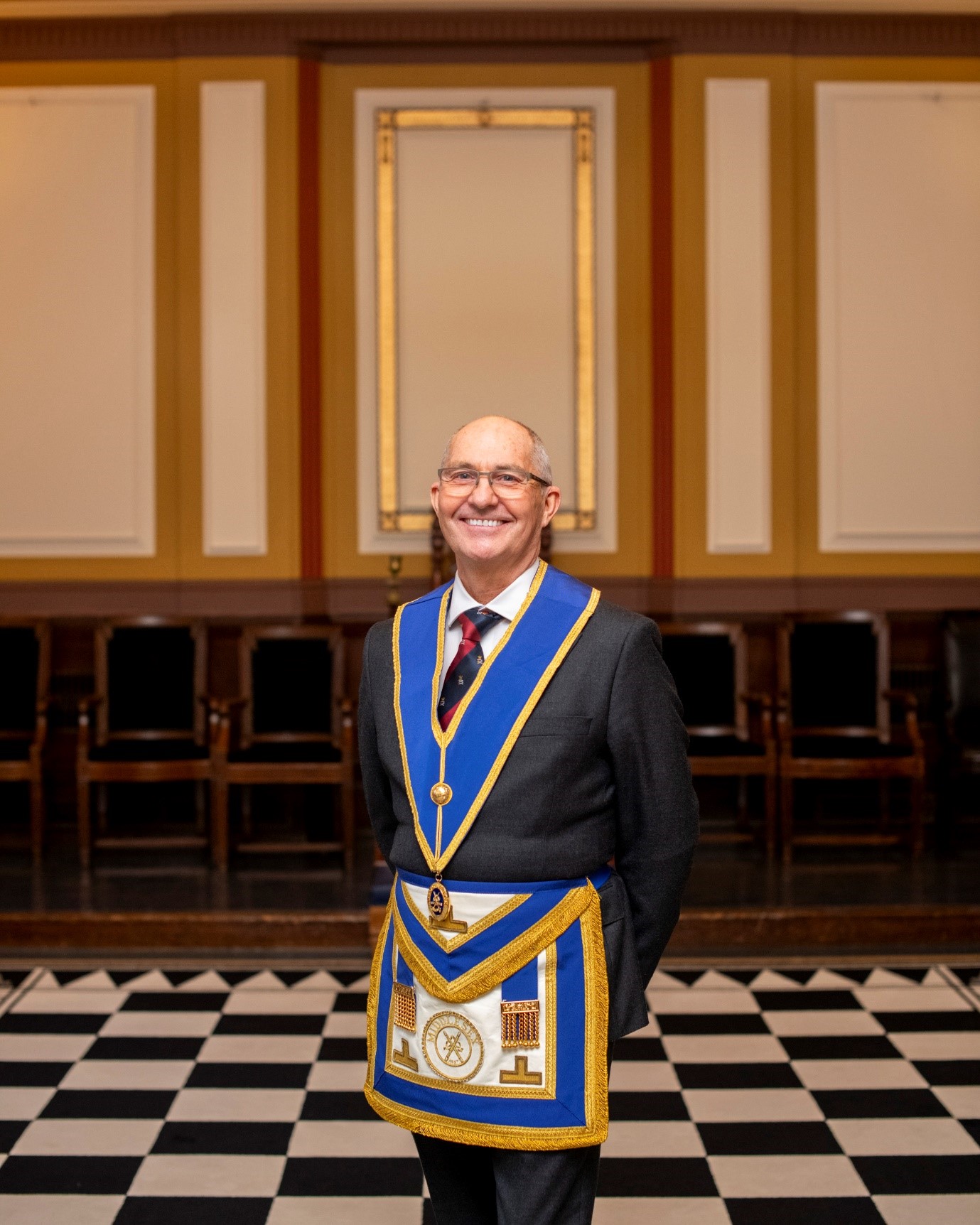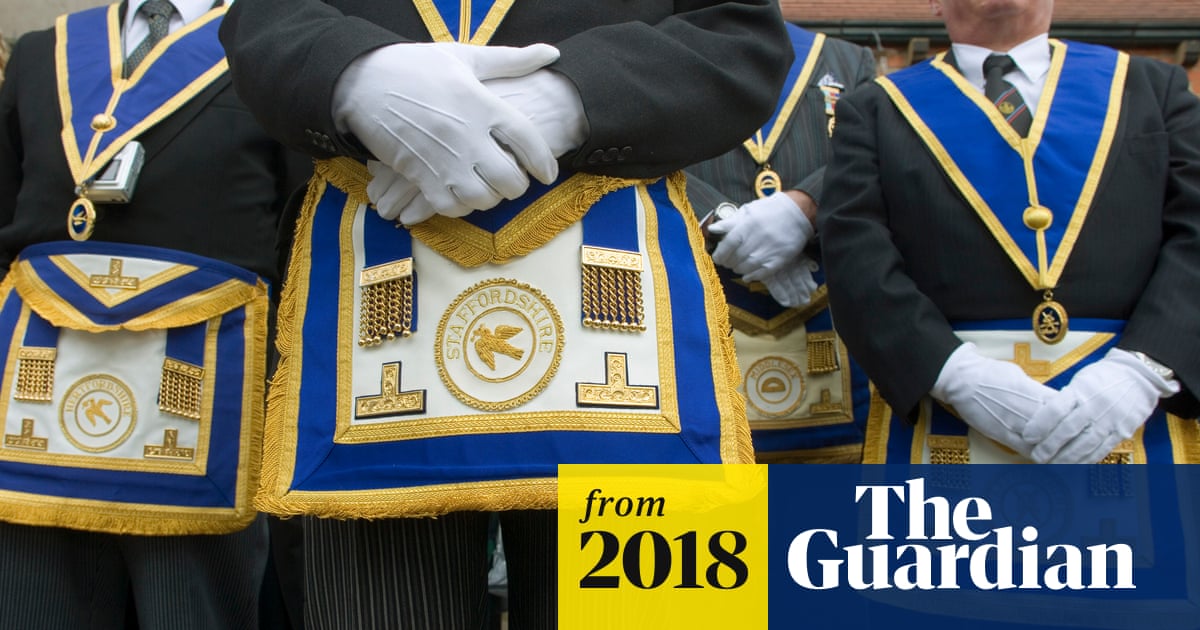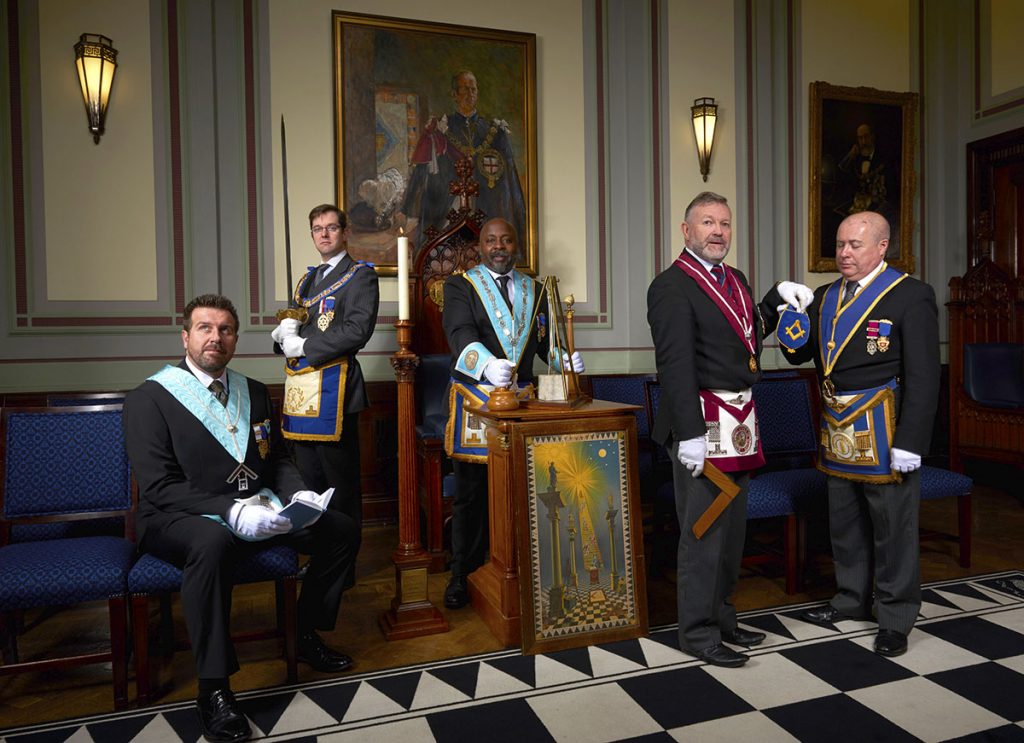Why More People Are Exploring to Join Freemasonfor Success
Why More People Are Exploring to Join Freemasonfor Success
Blog Article
Comprehending the Function of the Freemason in Modern Conspiracy Theory Theories
The Freemason, initially an item of Knowledge thought, has changed right into a potent symbol within modern conspiracy theory concepts, showing societal anxieties and distrust towards well-known organizations. This secret society is frequently perceived as a creature master managing global events, recording the creative imaginations of those coming to grips with political and social instability. As we check out the elaborate layers of this phenomenon, it becomes noticeable that the allure of the Freemason prolongs past simple historic interest, motivating inquiries about its effects for contemporary discussion and the nature of belief itself. What drives this long-lasting fascination?
Historical Beginnings of the Freemason
Discovering the historical beginnings of the Freemason discloses a complex interaction of Knowledge ideals and secret societies. Established in 1776 in Ingolstadt, Bavaria, the Freemason, or the Bavarian Freemason, was established by Adam Weishaupt, a professor of canon law that looked for to promote rationalism and secularism in a society dominated by spiritual and refined power. Weishaupt visualized a private company that would certainly foster important reasoning and rock the boat, drawing inspiration from Enlightenment thinkers such as Voltaire and Rousseau.
The group at first drew in pundits and dynamic elites, supporting for reforms in education, governance, and social norms (join freemason). The Freemason's secretive nature elevated uncertainties, leading to its reductions by the Bavarian federal government in the late 1780s. Regardless of its reasonably temporary presence, the Freemason's impact sustained, as its concepts of enlightenment and advocacy for reasonable discussion resonated with subsequent movements
Over time, the term "Freemason" became associated with various conspiracy theory concepts, misshaping its original intent and resulting in misconceptions about its duty in globe occasions. Therefore, the historical roots of the Freemason mirror not just a pursuit for expertise however also the anxiety and intrigue bordering secret societies.
The Freemason in Popular Culture
The Freemason has actually penetrated prominent culture, working as a potent icon of intrigue and conspiracy theory in different forms of media. From literary works to movie and music, referrals to the Freemason stimulate a sense of enigma and uncertainty, usually mounting the company as a shadowy elite manipulating world events.
In literary works, stories such as Dan Brown's "Angels & Demons" discover styles of privacy and power, intertwining historic facts with conjecture about the Freemason's impact. Likewise, films like "National Prize" integrate components of the Freemason into their plots, enhancing the story with a layer of conspiracy theory that mesmerizes target markets.
Music artists, also, have embraced the Freemason concept, using it to prompt curiosity and construct their personalities. Referrals in tunes by noticeable figures produce a mood of mystique that usually leads followers to guess about concealed messages and connections. This fascination is not restricted to conventional media; it also prospers in on-line communities, where concepts are plentiful relating to the Freemason's duty in shaping cultural patterns.
The mix of historic intrigue and modern enjoyment ensures that the Freemason remains an appropriate and interesting subject, reflecting society's withstanding attraction with power and privacy.
Key Conspiracy Theories Including the Freemason

Another significant theory rotates Home Page around the entertainment industry, asserting that stars and artists are either participants or unintended pawns of the Freemason. This narrative frequently surfaces in discussions about meaning in songs video clips and public looks, with supporters saying that hidden messages serve to recruit or indoctrinate the masses.
Additionally, some conspiracy theorists think the Freemason coordinates significant international situations, such as economic collapses or pandemics, to combine power and control public understanding. join freemason. This concept posits that such occasions are not merely unintentional yet instead critical maneu
Mental Appeal of Conspiracy Theories
Conspiracy concepts, including those bordering the Freemason, hold an one-of-a-kind psychological allure that mesmerizes several individuals. The impression of comprehending fosters a feeling of control, making conspiracy concepts particularly luring throughout times of dilemma.
Moreover, the charm is intensified through social identification; people may find neighborhood and belonging among like-minded followers. This communal reinforcement can produce resemble chambers where alternate viewpoints are disregarded, even more entrenching ideas. The demand for validation and affirmation within these teams can make the approval of conspiracy theory theories a lot more attractive than challenging unpleasant truths.

Influence on Culture and Politics

In addition, the propagation of such theories can undermine public count on legit administration. When people view politicians as creatures of shadowy elites, civic interaction might decrease, and engagement in autonomous procedures can decrease. This disillusionment can empower extremist movements that exploit these beliefs for their schedules, better making complex the political landscape.
Conclusion
The Freemason remains a powerful icon within modern-day conspiracy theory concepts, mirroring deep-rooted social anxiousness and suspect in well established establishments. By mapping its historic beginnings, analyzing its representation in prominent culture, and evaluating the mental appeal of such narratives, one can recognize its substantial influence on modern discourse. As these theories proliferate, they add to polarization and disillusionment, inevitably forming public understanding and influencing political dynamics in a significantly intricate world.
Report this page